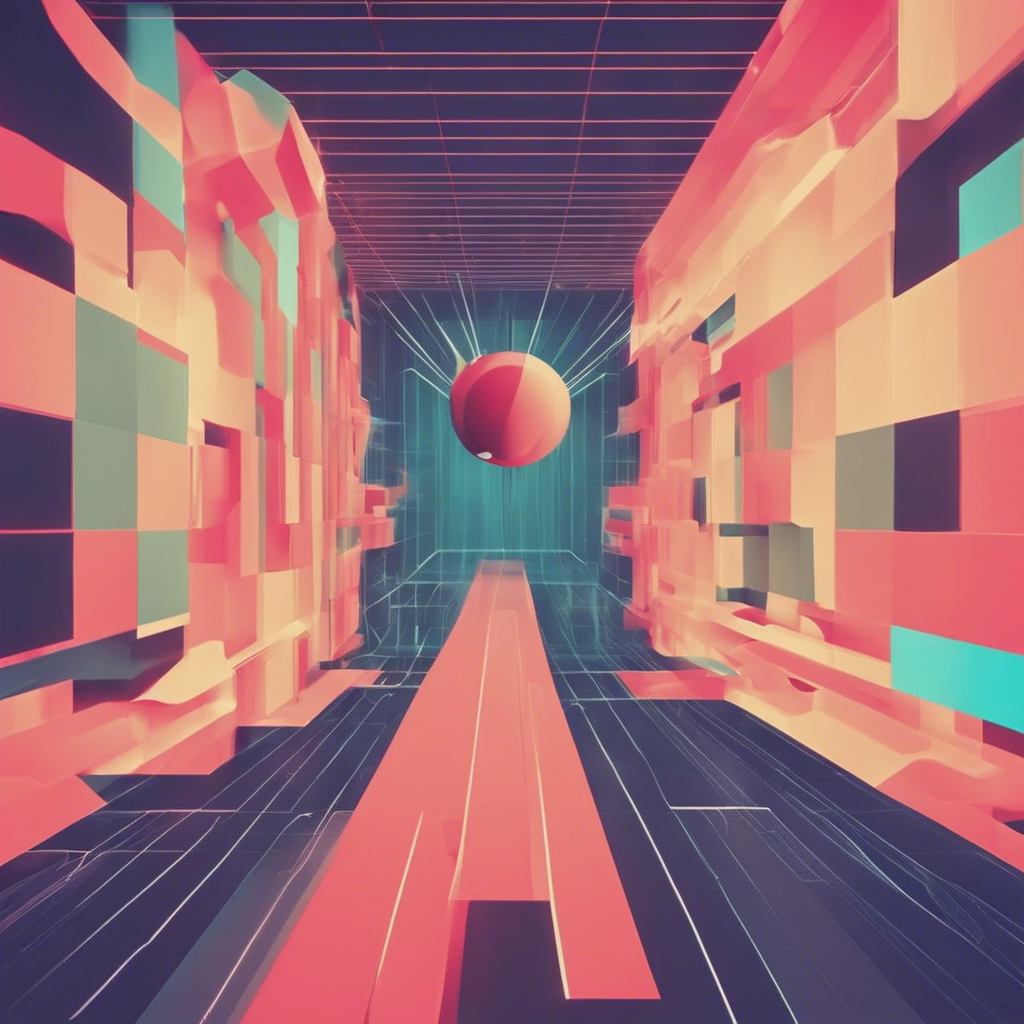Is motion graphics easier than animation?
Is Motion Graphics Easier Than Animation?
When it comes to visual storytelling, both motion graphics and animation play crucial roles. However, they serve different purposes and have distinct characteristics. Let's explore the differences between these two forms of moving imagery.
Motion Graphics: A Visual Aid with Flair
Motion graphics take static graphic design elements and infuse them with animation and movement. Unlike traditional animation, motion graphics don't necessarily follow a specific narrative. Instead, they focus on giving life to shapes, objects, and text. Here are some key points about motion graphics:
-
Visual Flair: Motion graphics add visual flair to otherwise static designs. Whether it's making bars in a graph rise or having a website logo spin, motion graphics enhance visual appeal.
-
Complex Ideas: They excel at illustrating complex ideas. Sometimes words or still images fall short in explaining abstract concepts. A few seconds of motion graphics can clarify intricate topics effectively.
-
Wide Appeal: The style of motion graphics appeals to a broad audience. It combines cuteness and fun with maturity, making it suitable for various industries.
- Cost-Effective: Motion graphics are usually easier and faster to produce compared to animation, making them a cost-effective and time-efficient solution[^1^].
Animation: A Rich History and Diverse Techniques
Animation is the broader umbrella term that encompasses motion graphics. It has a history dating back over 100 years and includes various techniques such as hand-drawn, CGI, and stop-motion. Here's what you need to know about animation:
-
Storytelling: Animation often involves telling a story. Whether it's a children's fairy tale or a powerful message, animation brings characters and narratives to life.
-
Diverse Styles: Animation can be photorealistic, stylized, or abstract. The level of complexity varies, affecting production time and cost.
-
Investment: While motion graphics are relatively straightforward, animation can be more expensive. High-quality animation requires substantial resources.
- Time Considerations: Motion graphics are quicker to produce, making them ideal for tight schedules. Animation, especially complex styles, demands more time and dedication[^1^].
Conclusion
In summary, motion graphics and animation serve different purposes. Motion graphics enhance visual communication, while animation brings stories to life. Choose the right approach based on your project's goals, timeline, and budget.
Remember, both motion graphics and animation contribute to the rich tapestry of visual storytelling, each with its unique strengths and applications. 🎨🎬
I hope you find this article helpful! If you need further assistance or have any other questions, feel free to ask! 😊
Discover more from EMD
Subscribe to get the latest posts to your email.
